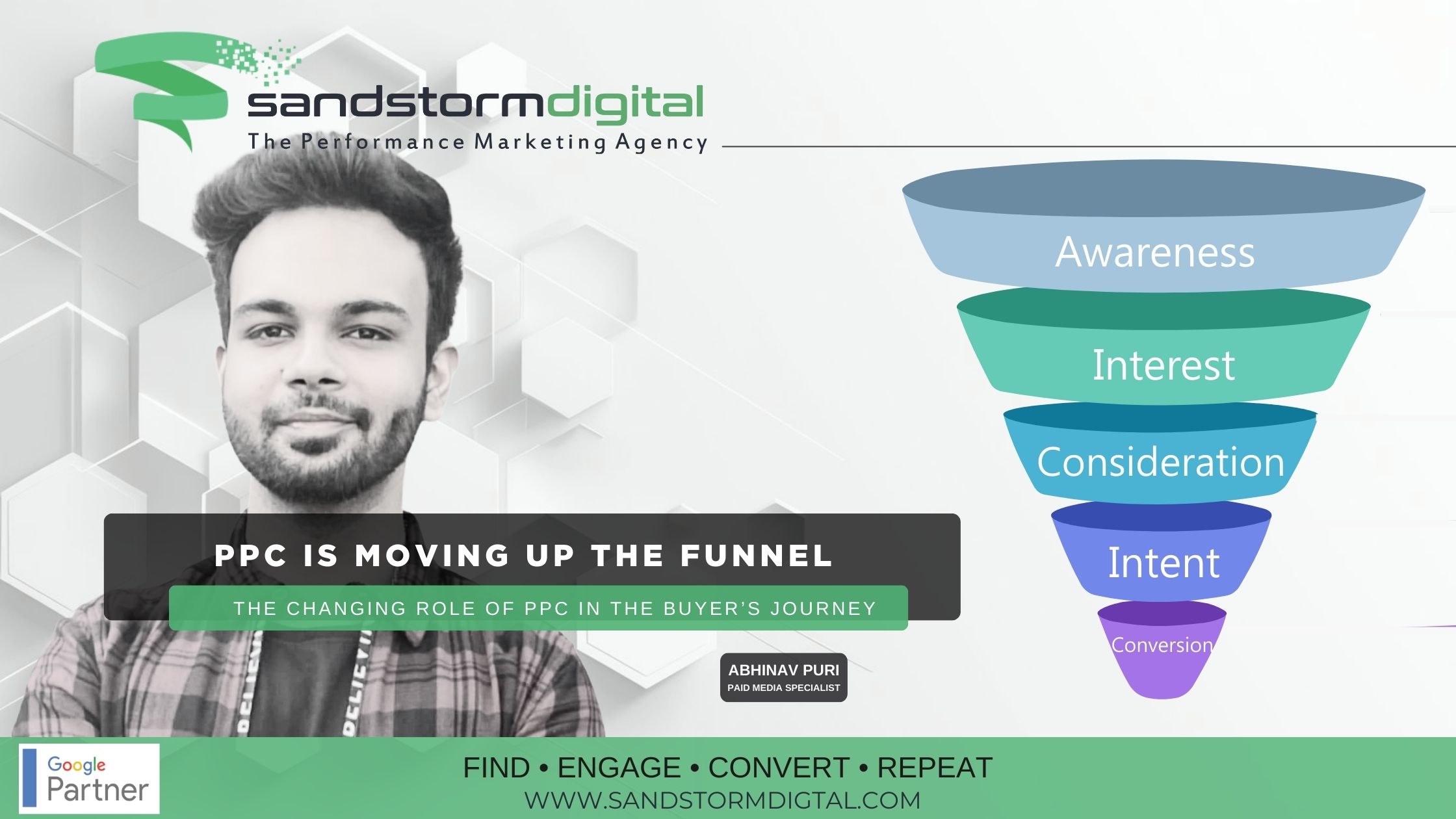Landing pages are not just static advertisements; they are dynamic tools designed to engage users and convert them into customers. Unlike homepages, which serve a broad purpose, landing pages are created with a singular focus—promoting a specific campaign, offer, or product. By eliminating distractions and targeting user intent, well-designed landing pages can significantly boost conversion rates.
In this guide, we’ll share tips from our graphic design team on creating landing pages that rank well on search engines and drive sales effectively.
1. Define a Clear Goal
Every successful landing page begins with a clear goal. Are you looking to generate leads, promote a product, or encourage sign-ups? Defining your objective helps shape the design, content, and structure of the page.
Pro Tip: Use a single call-to-action (CTA) to ensure your audience knows exactly what action to take. Avoid cluttering the page with multiple conflicting goals.
2. Craft Compelling Headlines and CTAs
Your headline is the first thing users see. It should grab attention and convey value instantly. Pair this with strategically placed, actionable CTAs that encourage users to engage with your page.
Example:
- Headline: “Boost Your Productivity with Our Time-Saving Tools!”
- CTA: “Get Started Now” or “Claim Your Free Trial Today.”
If your landing page is long, include multiple CTAs throughout to capture attention at different touchpoints.
3. Design for Visual Appeal and Clarity
A visually appealing landing page is key to keeping users engaged. Use high-quality images, bold typography, and a clean layout. White space is your friend—it helps direct attention to the most important elements.
- Imagery: Add photos of people or relatable visuals to create an emotional connection with users.
- Trust Symbols: Include reviews, testimonials, and logos of previous customers to build credibility.
- Contrast: Use contrasting colors for CTAs to make them stand out.
4. Keep Content Short and Focused
Simplicity is the cornerstone of effective landing pages. While long-form pages can work for complex products, shorter pages with concise and benefit-driven content often convert better.
Key Elements to Include:
- A value proposition that highlights what users gain.
- A brief overview of your offer or product.
- A straightforward explanation of how to take the next step.
5. Use A/B Testing to Optimize Performance
Every landing page can benefit from ongoing optimization. A/B testing lets you experiment with different elements to find what resonates best with your audience.
Elements to Test:
- Headlines and subheadings
- Colors and placement of CTAs
- Images and videos
- Form fields and lengths
Pro Tip: Small tweaks, like changing a CTA color or rephrasing a headline, can lead to significant improvements in conversion rates.
6. Leverage SEO Best Practices
For your landing page to rank on search engines, it must be optimized for relevant keywords.
- Use the primary keyword in the title, meta description, and headings.
- Add alt text to images and optimize page speed.
- Include internal links to your main site for improved SEO performance.
Pro Tip: Structured data can enhance visibility in search results by enabling rich snippets for events, products, or reviews.
7. Make it Mobile-Friendly
With a growing number of users accessing content via mobile devices, responsive design is essential. Your landing page should load quickly and provide a seamless experience on all screen sizes.
Checklist for Mobile Optimization:
- Ensure CTAs are large enough to be clicked easily.
- Use vertical scrolling for easy navigation.
- Avoid overly complex forms on mobile versions.
8. Engage with Multimedia
Videos and interactive elements can boost user engagement and keep visitors on your page longer. Consider adding:
- Explainer videos showcasing your product.
- Animated graphics to highlight key features.
- Interactive calculators or quizzes to engage users directly.
9. Provide Social Proof
People are more likely to trust a brand when they see others benefiting from it. Incorporate social proof elements to build confidence.
Examples of Social Proof:
- Customer testimonials with photos.
- Case studies showcasing measurable results.
- Trust badges or certifications.
10. Focus on Page Speed and Performance
A slow-loading page can drive users away. Optimize your landing page for speed by compressing images, enabling caching, and reducing unnecessary scripts.
Pro Tip: Use tools like Google PageSpeed Insights to identify areas for improvement.
Creating a high-converting landing page is a blend of art and science. From compelling visuals and user-focused content to SEO optimization and A/B testing, every element plays a role in driving sales.
By following these tips, you can create landing pages that not only rank well but also deliver measurable results for your business.
Ready to transform your campaigns with stunning landing pages? Contact our design team today to get started!











